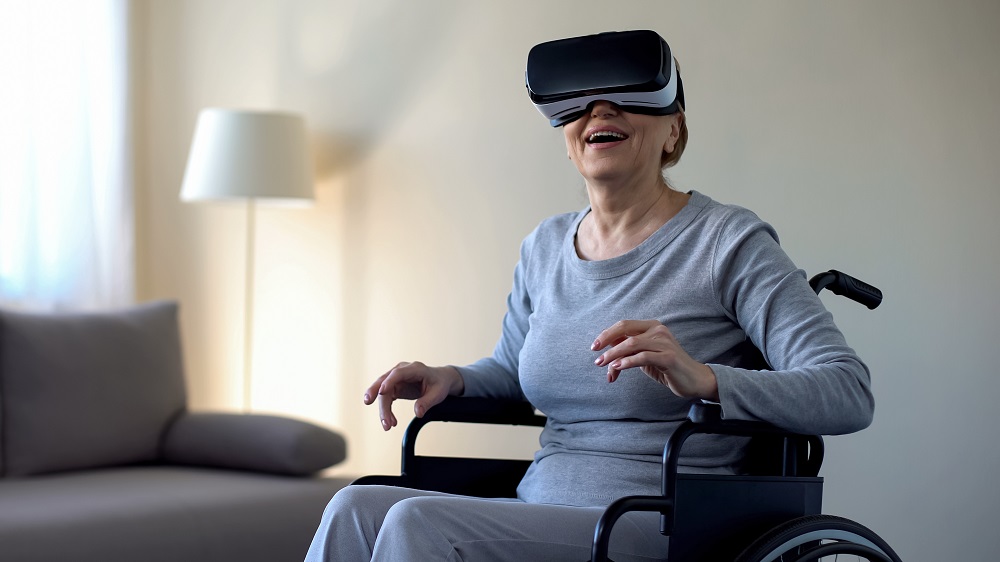My colleague Craig often bemoans the pervasiveness of too-smart technology. But what he may not realize is that, by 2035 — when he can reasonably be called “an old man,” — he may have to rely on some of the same technology he’s prodded in his blogs. According to a recent VentureBeat article, VR can help meet the needs of a population that, in just 15 years, will be made up of more elderly than children.
From that article:
Another study published in July, entitled “The effectiveness of virtual reality for people with mild cognitive impairment or dementia” reports that “VR offers cost-effective, accessible, flexible, and comprehensive interventions for patients who have difficulty attending outpatient appointments due to distance, lack of transport, or disability.” Moreover, immersive training programs can be designed with interactive storytelling that tends to invariably elicit high levels of engagement.
“Whereas traditional lecture or text-based approaches to learning focus on information, VR focuses on experience. Information is processed by the cognitive skills learning system in the brain that encompasses the prefrontal cortex,” Todd Maddox, Immersive Learning and Data Scientist at IKONA, told VentureBeat.
“This is an amazing system but one that is limited by working memory and attention capacity. Processing information when learning means that 2-dimensional, static (and usually abstract) information such as text must be translated into 3-dimensional dynamic, real world representations in the brain. Simply put, this is very hard to do and taxes the working memory and attention systems.”
“Reminiscence Therapy”
While the author of the article mentions that they’ve used VR simulations to reduce a fear of heights in an exposure therapy-like setting, seniors may also benefit from the technology by using it to transfer them to environments that would otherwise be impossible to visit.
Reminiscence therapy serves the therapeutic use of battling social isolation.
Alcove, an immersive platform, provides cognitive stimulation through virtual socialization. It bridges the physical gap between family members by bringing them all into the same virtual “room” where they may communicate “in-person.”










